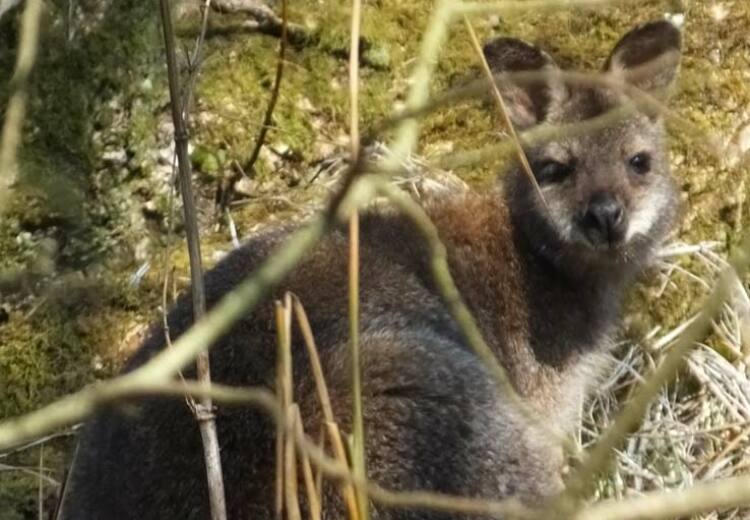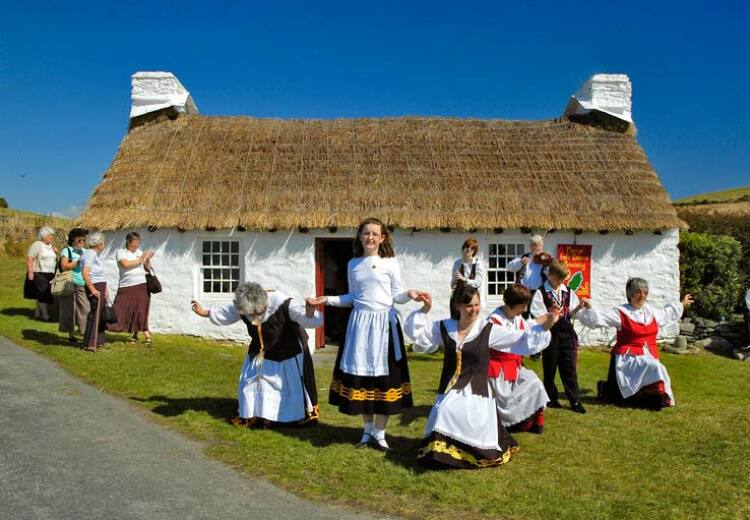RARE lampreys - small fish which look like eels - have again been spotted in Manx waters, this time in the Neb and Sulby rivers. Maybe they are not so rare after all!
Until recently the animals were thought to be extinct as they had not been spotted in Manx rivers since 1981. However, the last few years have produced several sightings.
After a gap of 26 years, the first lamprey to be found in Manx waters appeared in The Lhen river in 2007. The previous last sighting had been in 1981 in the lower Sulby River.
The discovery of the 2007 lamprey came during a routine monitoring survey in the Lhen Trench when DEFA Fisheries staff found lamprey juveniles (ammocoetes) in the Lhen Trench during a routine monitoring survey.
Since the surprise discovery, DEFA stepped up its search and organised further lamprey surveys to be carried out in several rivers across the Isle of Man and juveniles have so far been recorded in the Rivers Sulby and Dhoo as well as the Lhen and Neb.
The surveys involved Fisheries officers carrying out a series of electric fishing surveys, specifically targeting areas of the Lhen Trench where lampreys were expected to occur. Juvenile lampreys were found at one site, and at the same time an angler reported a lamprey in the River Neb, which was later confirmed as a brook lamprey.
The oldest known fossil lampreys (sometimes known as lamprey eels) date back a staggering 360 million years ago and are amongst the most primitive of all living vertebrate animals.
They have a skeleton made of cartilage instead of bone, and a distinctive suckered mouth instead of jaws. Their bodies are shaped like eels but they have no scales, and the gill pores which run either side of the head are uncovered.
There are three types of lamprey native in the UK; sea, river and brook lamprey. The freshwater habitat they depend on has suffered over the years from a range of impacts, including pollution, land-use change and river engineering and as a result, all three species are now considered vulnerable and are included in Annex II of the European Habitats Directive.
There have been further unidentifiable lampetra specimens, which have been observed in the River Dhoo and Lhen Trench. Although sea lampreys (petromyzon marinus) have not yet been encountered in Manx watercourse, they have been seen on fish, including basking sharks, off the island’s coast.
Young lampreys (ammocoetes) live buried in the silty beds of river margins, where the water is still. After several years of larval growth they metamorphose into adult lampreys and migrate away from the nursery areas.
The brook lamprey remains in the river, whilst adult river and sea lampreys migrate to estuaries or the sea, where they parasitise other fish. They return to freshwater to spawn in the spring, and the adults die after spawning.
The lampreys are sensitive to pollution, and declined following the industrial revolution. They have become extinct in many British river networks, says the fisheries directorate.
Despite the decline in some river networks there has been a resurgence of populations in some UK watercourses in recent years, but they are still considered vulnerable and three British species are included in Annex II of the European Habitats Directive.
Juan Turner, MLC and member for fisheries, said, “Considering that we were concerned until recently that these fish may have disappeared from Manx watercourses, it is wonderful to discover that they may be thriving in at least some of our rivers.”
This spring James Irving, a fisheries placement student, who is conducting research into the Manx lamprey population, as part of his FdSc with Harper Adams University College, managed to film lampreys spawning in the rivers Sulby and Dhoo, which is the first time such activity has been filmed in the Isle of Man.
All three British lamprey species have similar freshwater habitat requirements. Spawning takes place in gravel areas similar to those used by brown trout, after which the adults die.








